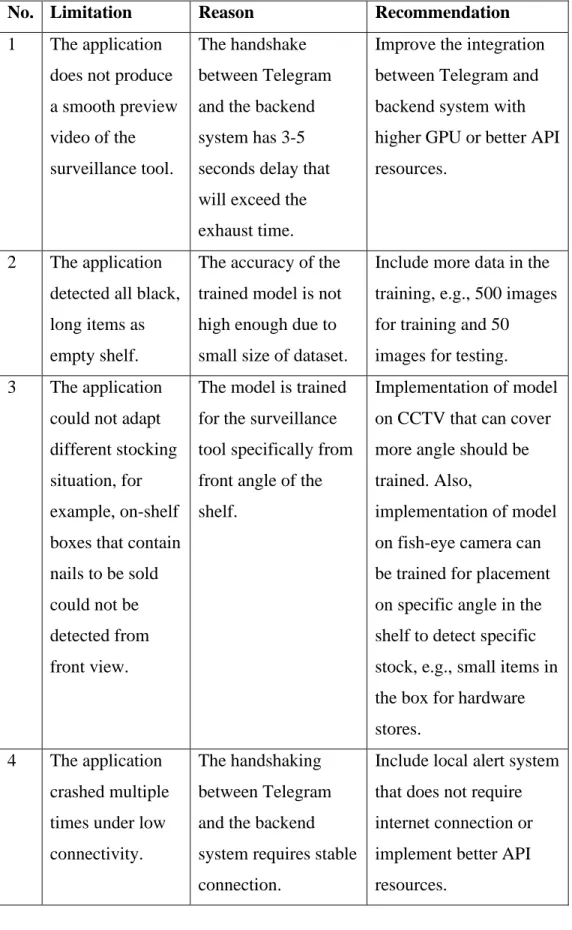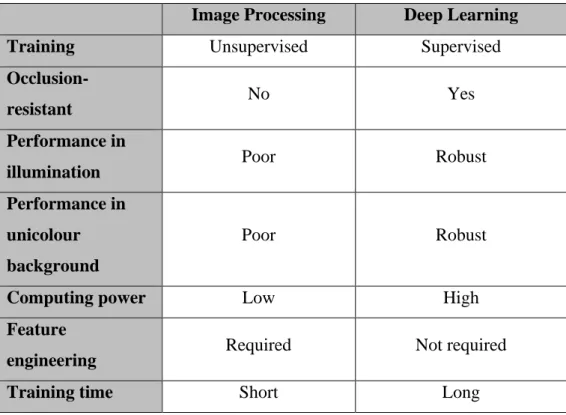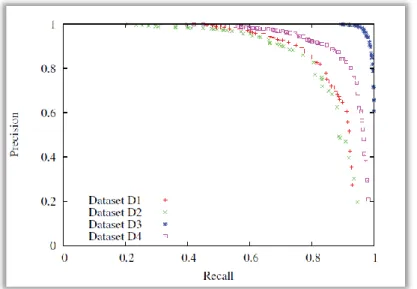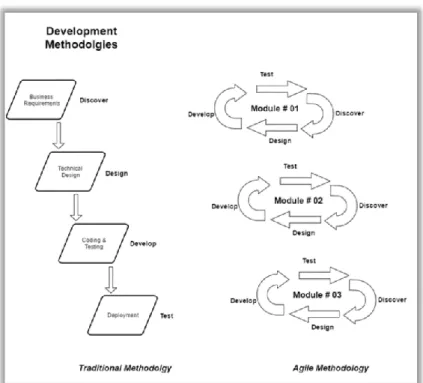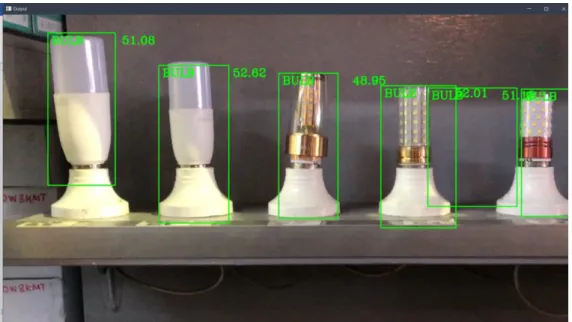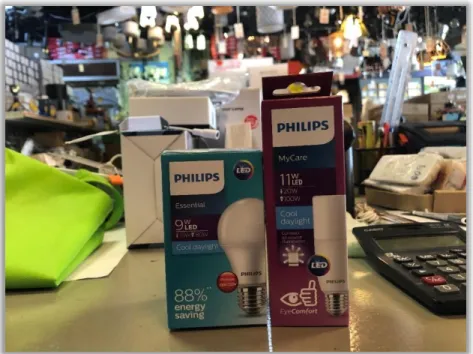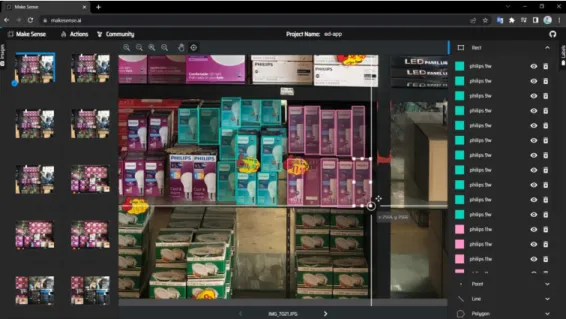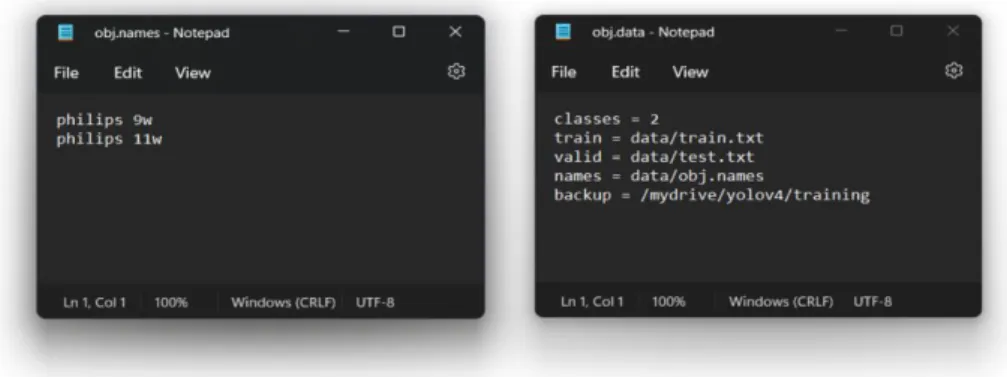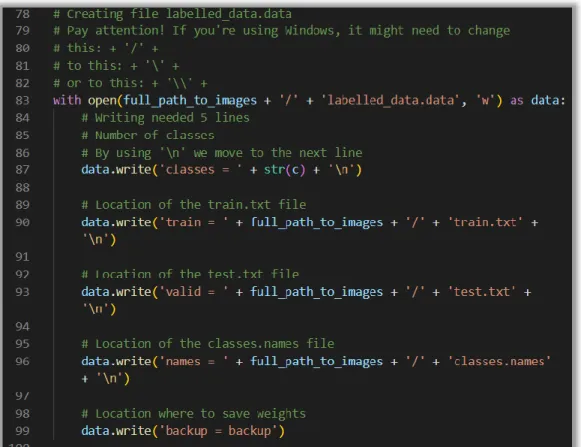General Introduction
Background of Problem
According to Ehrenthal (2012), retailers spend an average of 37% on inventory management and 7% of inventory from their expenses. Maintaining OSA or lowering OOS can help improve inventory management in retail stores and are therefore indicators of a store's performance. The main goal of this project is to develop an application that acts as a platform for retail stores to manage their stocks and shelf.
Problem Statement
Negligence of empty shelf
Three advanced deep learning models are compared in terms of recognizing products on the shelf. In addition, a notification system has been implemented to inform users that a shelf is running out of stock. A proper inventory management system with visual monitoring attached to it can help the retailer minimize their losses due to negligence from empty shelves in brick and mortar stores.
High human intervention
Project Objectives
Project Solution
This changed the status of the product to OOS, which then sent the notification to the retailer to immediately restock.
Project Approach
The next phase of the model is the planning phase, where the set of tasks is written out according to a document that lists all the requirements. The iteration process involves designing, implementing, and testing the system, which takes 1 to 3 weeks to produce a release version of the software. When there are no more open bugs in the system, the developer enters the retrospective phase, which marks the end of the iteration process.
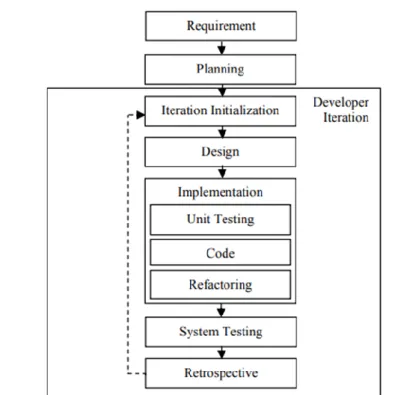
Project Scope
Target User
System Scope
Introduction
Object Detection and Recognition
Object detection will detect the occurrence of a visual object in classes (i.e. human, animal, product, car, building, etc.) from a photo or video frame. Penelope (2013) proposed that object detection will show the location of an object in an image, while object recognition will label them. Pawangfg (2020) argued that object detection will perform localization and classification, and object recognition achieves better image understanding through the use of algorithms.
Deep Transfer Learning
Hussain, Bird, and Faria (2018) focus their study on the transfer of CNN learning, especially classification. With the continuous improvement of studies and the efforts of current researchers in deep transfer learning, the possibility of creating an accurate model with a small data set is increasing. Deep transfer learning is expected to be useful in practical applications such as biometric passwords, facial recognition on any device in any location around the world, etc.
Deep Learning in Product Recognition
Deep learning is undoubtedly a popular solution for better product management and predicting customer preferences in unmanned stores.
Two-Stage Algorithm
CNN, R-CNN and Fast R-CNN
Faster R-CNN
One-Stage Algorithm
YOLO
According to Redmon and Farhadi (2018), Darknet19 has been replaced by Darknet53 as the feature mining backbone. YOLOv3 has been proven to be as accurate as SSD (Single Shot Detector) but runs three times faster. Darknet53 in YOLOv3 is replaced by CSPDarknet53 to speed up the algorithm with higher accuracy.
Evaluation Metrics
- Accuracy
- Precision
- Recall
- Intersection Over Union (IoU)
- Precision-Recall (PR) Curve
- Mean Average Precision (mAP)
We will try to classify all positive data points as positive, while not misclassifying negative data points. Thus, precision can reflect the reliability of the model for classifying data points as positive (Gad, 2020). On the other hand, a False Negative is a case where the ground truth is represented but the model failed to detect the object.
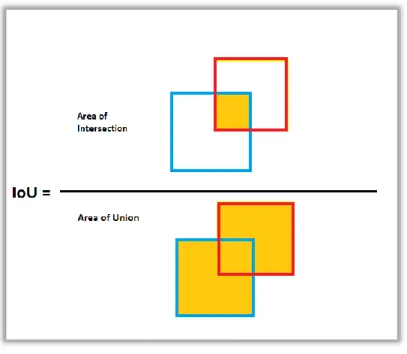
System Development Methodology
Traditional Software Methodologies
There are some traditionally implemented software modeling methods in SDLC, namely the waterfall model, incremental model and spiral model. This is called the waterfall model as each of the phases is carried out one by one and downstream like a waterfall (Malleswari, Kumar, Sathvika & Kumar, 2018). This model is suitable for understaffed situations, but it can also cause scope creep in the SDLC (Subair, 2014).
Agile Software Methodology
PXP has been widely chosen as the SDLC model because it increases software quality while empowering autonomous developers. In a study by Asri et al. 2017), it has been proven that using PXP in software projects can help develop high-quality software in less time. As shown in the study by Agarwal and Umphress (2008), PXP is a more customized alternative to XP for a one-person team that involves modifying the 12 basic principles of XP.
Conclusion
PXP, on the other hand, allows autonomous developers to write their source code using their own coding standards.
Comparison table of the similar work and application studied
It requires a lot of product proposals and a lot of work intensity by updating the dataset of seasonal products. If there are many classes, CNNs using a hierarchical approach are better at classifying them.
SSIM: 85%
- Conclusion
- Introduction
- Software Development Methodology
- Requirements
- Planning
- Iteration Initialisation
- Design
- Implementation
- System Testing
- Retrospective
- Development Tools and IDE .1 Visual Studio Code
- ImageAI
- PyTorch
- Google Colab
- MakeSense
- GitHub
- CUDA and cuDNN
- Flowchart
- Project Planning and Scheduling .1 Work Breakdown Structure
- Application Development for Product Recognition On-Shelf 1.0 Planning
- System Analysis and Design 2.1 Design Use Case Diagram
- Introduction
- Functional Requirements
- Non-Functional Requirements
Proposed method is consumer friendly with only an RGB-D depth sensor camera placed on top of the shelf to detect the OSA. Fisheye camera from the top of the shelf enables product counting, but the angle is very specific. However, given the situation where a fisheye camera needs to be placed on top of the shelf.
This method is also limited to OOS condition detection, but not for product identification. 2019) used the fish-eye camera on top of the shelf to detect OOS condition and OSA. This chapter illustrated each stage of the application development methodology, or Personal Extreme Programming (PXP). In this project, functional requirements are collected from the lighting store employees as they are the stakeholders of the software.
The second iteration continues the work of the first iteration to perform object detection, classification and localization. In this project, it is used to support YOLOv3, which is one of the deep learning algorithms that will be benchmarked in this project. Being one of the most popular platforms for deep learning studies, PyTorch is widely used in data science and AI fields.
The flowchart for the training of the deep learning model in this project is illustrated below.
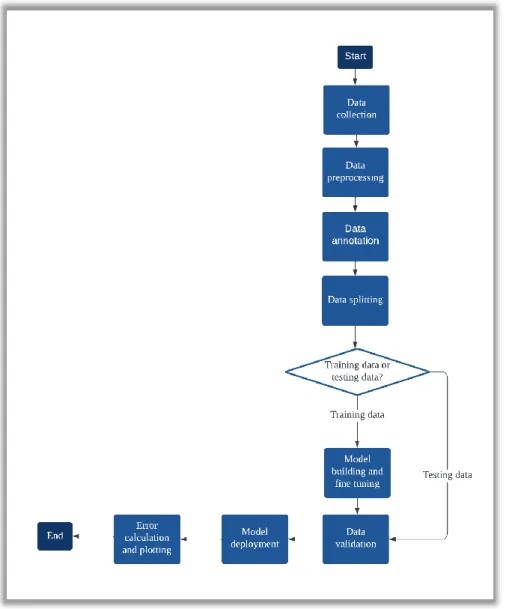
Usability
The quality of a software system can be judged by the definition of non-functional requirements.
Performance
Security
Compatibility
Reliability
Scalability
Supportability
- Use Case Diagram
- Use Case Description
- Initial Prototype
- Introduction
- Comparison of Deep Learning Models
- Data Collection
- Data Preprocessing and Annotation
- Data Splitting
- Model Building and Fine Tuning
- Model Deployment
- Error Calculation and Plotting .1 YOLOv3 and YOLOv4 Results
Brief Description: This use case describes how users can create user profile in the application. The system verifies the user account against the data stored in the system before generating a new account. The system verifies the user account against the data stored in the system before registering the user in a session.
User – View real-time streaming of the video surveillance tool associated with the application. An initial project prototype has been developed to prove the feasibility of the object detection application. This chapter illustrates the comparison of the deep learning model to determine the best one for implementation, the project's system architecture and database design.
All markup files are saved in YOLO format as shown in the image below. The rest of the information in the line indicated the four points of the bounding box on the image. For example, the box of tissues in the lower right corner of the video will not be recognized as one of the products we trained on.
For example, in the result below, the Philips 10w bulb is recognized as the Philips 9w bulb because of the similar packaging.
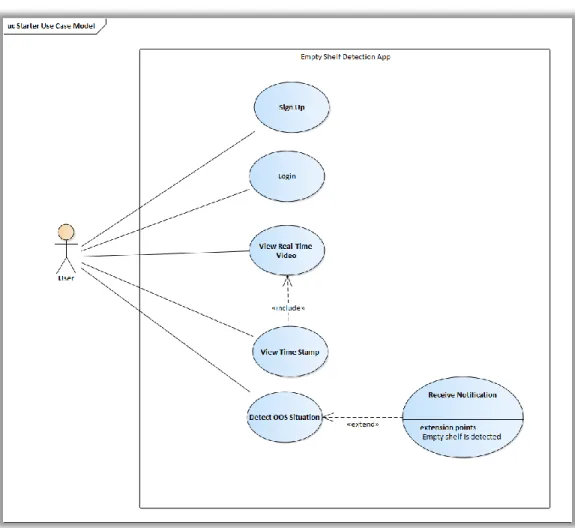
Overall 0.886
Metrics of YOLOv3 Training
Overall 0.988
Metrics of YOLOv4 First Training
YOLOv5 Results
Metrics of YOLOv4 Second Training
Metrics of YOLOv5 Training
Conclusion
YOLOv4 gave a higher accuracy in terms of mAP but longer training time compared to YOLOv3. The result is promising, that is, YOLOv5 is able to recognize and distinguish between similar products in a frame.
Empty Shelf Detection Deep Learning Model
- Data Collection
- Test 1 – Dataset from SKU
- Test 2 – Cogoo Lighting Empty Shelf Dataset
- Data Preprocessing and Annotation
- Data Splitting
- Model Building and Fine Tuning
- Model Deployment
- Error Calculation and Plotting
The next step, this project continues with the implementation of YOLOv5 in detecting empty shelves. To address the low accuracy problem in the SKU-110K dataset, 92 still images of an empty shelf were taken from Cogoo Lighting Sdn. After the reflection problem has been solved, empty shelf photos are taken with Apple iPhone X with a phone stand about 0.7 meters away from the shelf.
Only one class is required for the training process in YOLOv5, that is, empty space on shelf marked as "empty". Among the 60 labeled images, 50 of them are selected as the training images and 10 of them as the validation images. Google Colab has again allocated NVIDIA® T4 tensor Core GPU for the training as shown in the figure below.
For YOLOv5, the training result can be tracked and visualized using WandB with the API code provided in my account. After the configuration file and training images are uploaded and mounted with JupyterNotebook, training can be started. It showed promising result in empty shelf detection even with object occlusion or distraction of black background above the product (which should not be marked as empty shelf).
As shown in the result below, it is able to detect the empty shelf even with the human body closed.
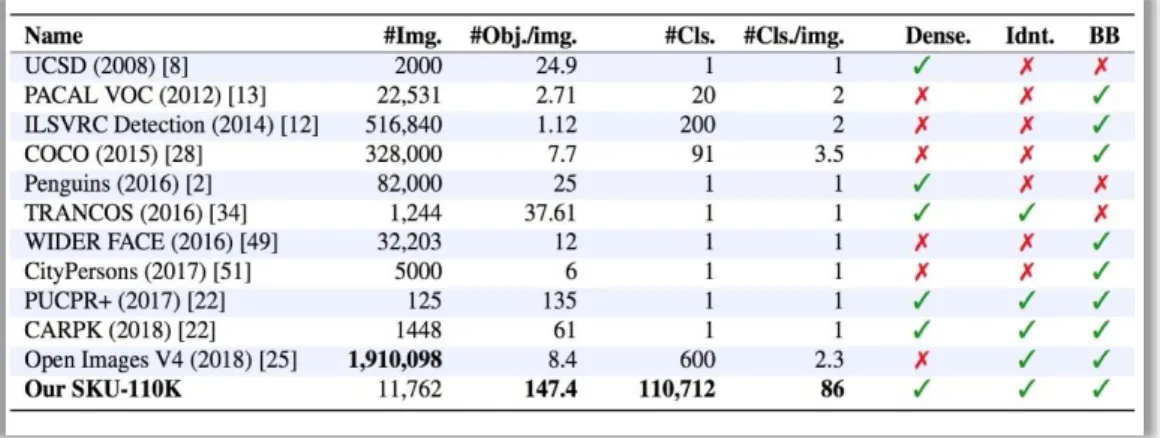
Metrics of YOLOv5 Empty Shelf Training
Conclusion
In conclusion, the last experiment with 120 ephocs and 64 batchsize is giving the best result for training empty shelves. The best model is set as "best.pt" to be used in the empty shelf detection application. Therefore, it will be used in our application as the best deep learning model in the next stage.
System Architecture Design
System Database Design
Introduction
Implementation of Sign Up Function
Implementation of Login Function
Implementation of View Real-Time Video Function
Implementation of Stop Camera Function
Implementation of Detect OOS Situation Function
To establish that the video surveillance tool was connected to the application, the user received a message on Telegram notifying them that the camera was on. Timestamp is shown on the console at every intervals to keep the application on track. This function is also included to send notification when the shelf with empty space is detected.
Despite the console showing the location of detected empty space, the user will receive the message that reads "Empty shelf. An image of the empty shelf with a bounding box marking the empty space is also sent to the Telegram as evidence of EAST situation.
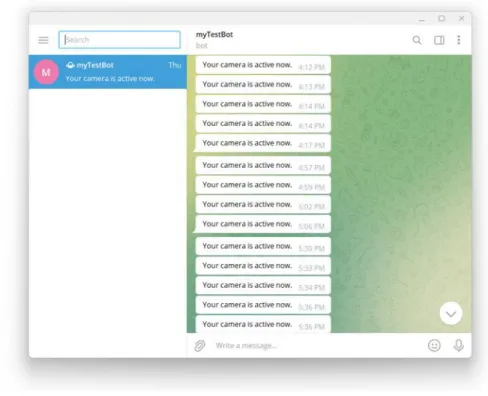
Conclusion
Introduction
Unit Testing
- Test Cases
Test Type ☑ Unit Test ☐ Integration Test ☐ System Test Test Case Summary To test whether a new account can be registered. Test Type ☑ Unit Test ☐ Integration Test ☐ System Test Test Case Summary To test whether a new account can be registered. Test Summary Test Steps Test Data Expected Result Actual Result Status (PASS/FAIL) Login to account with.
Test Type ☑ Unit Test ☐ Integration Test ☐ System Test Test Case Summary To test whether video can be viewed in real time. Prerequisites The user must have at least one control tool associated with the application. Test Summary Test Steps Test Data Expected Result Actual Result Status (PASS/FAIL) Watch the video in real time.
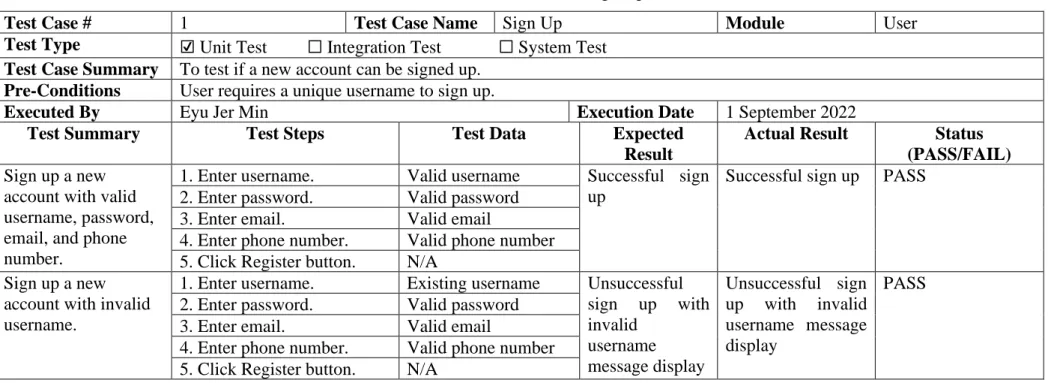
Integration Testing
- Test Cases
Usability Testing
User Acceptance Test
Conclusions
Recommendations for Future Work
The model is specially trained for the monitoring tool from the front corner of the shelf. With a deep learning model that even includes variation training, it should be able to track and predict the product placed in the empty shelf slot. The system takes a little more time to load while detecting the empty area of the stocks.
